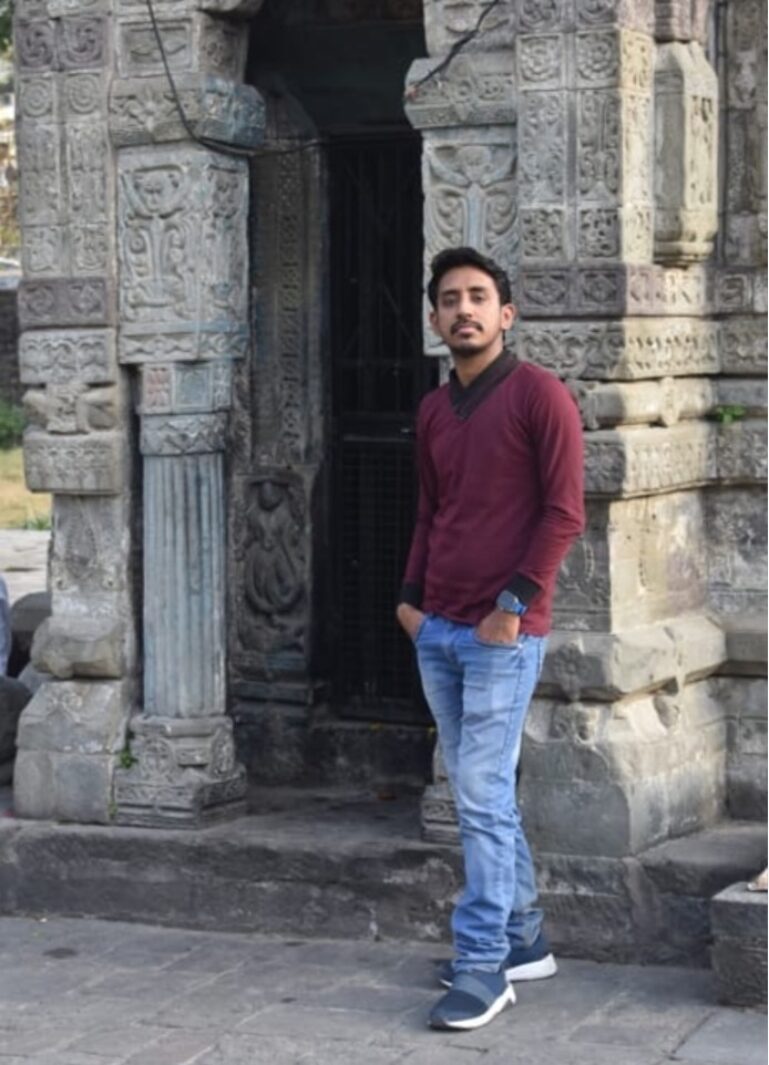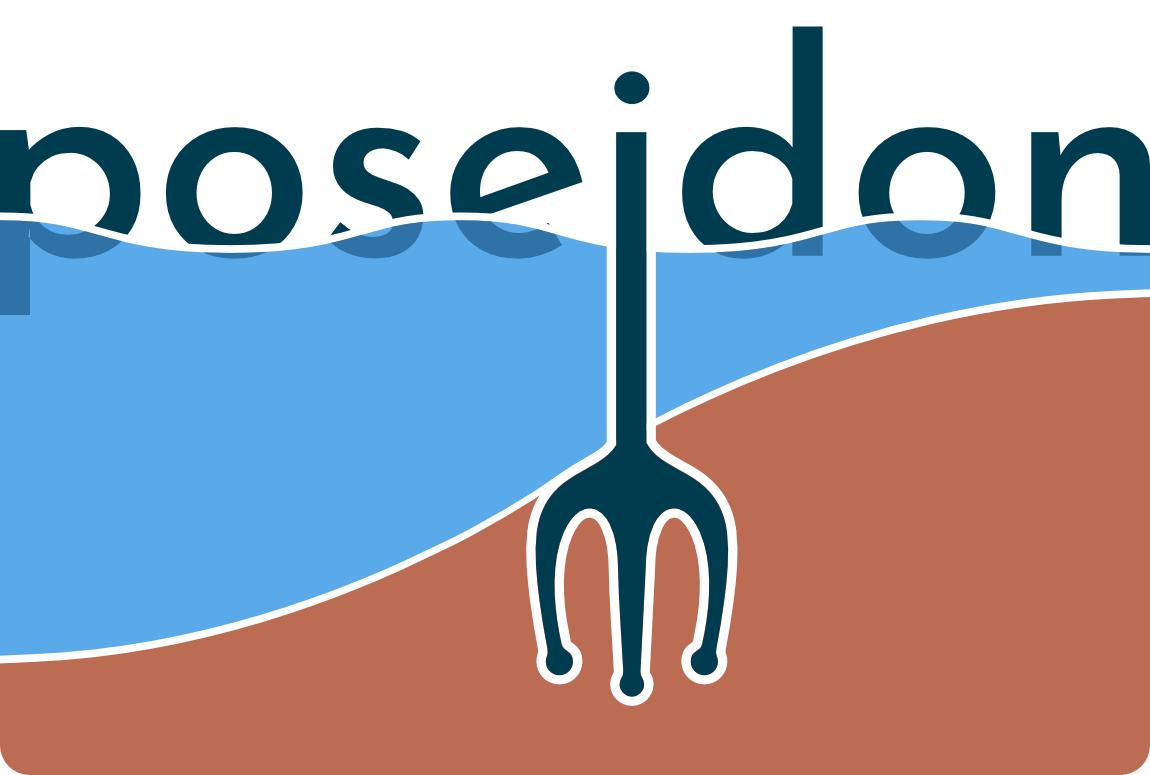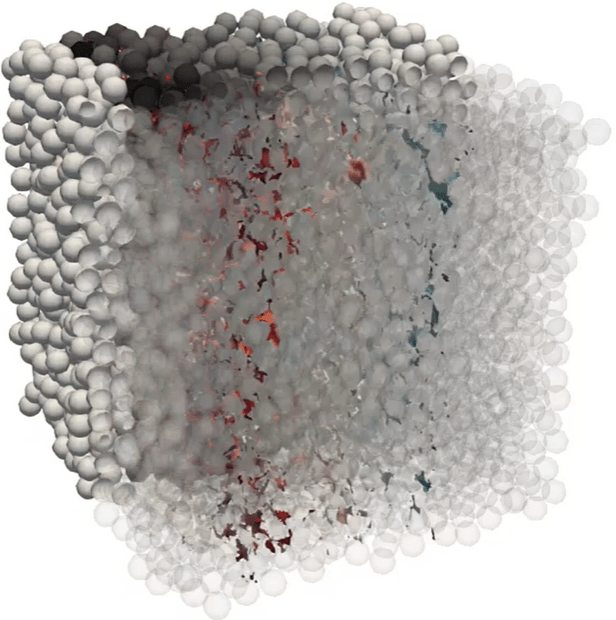Govind Kant Mishra
I am Govind Kant Mishra, and I am from India. I have completed my bachelor’s degree in Civil Engineering from National Institute of Technology Patna, India and later on, completed my Master’s degree in Geotechnical Engineering from Indian Institute of Technology Mandi, India. In my Master’s thesis, I have worked on the influence of debris flow rheology on its evolution, and later on propose a scaling law which incorporate the aspect ratio and the flow rheology. In addition to this, I have also investigated the effect of flow rheology and bed inclination on impact behaviour of flow against a rigid barrier.
I am currently working on DC03 project on investigation of grain morphology effect on the initiation and runout of submarine landslide at University of Twente. My supervisor is Dr. Vanessa Magnanimo, Dr. Stefan Luding, and Dr. Hongyang Cheng. The aim of this project is to develop a hydro-mechanical model of realistic granular soils using a fully resolved direct numerical simulation techniques, with a focus on representative volume elements (RVEs). This will be beneficial in understanding of the interplay between structural properties and pore water pressure on the saturated granular flows.




